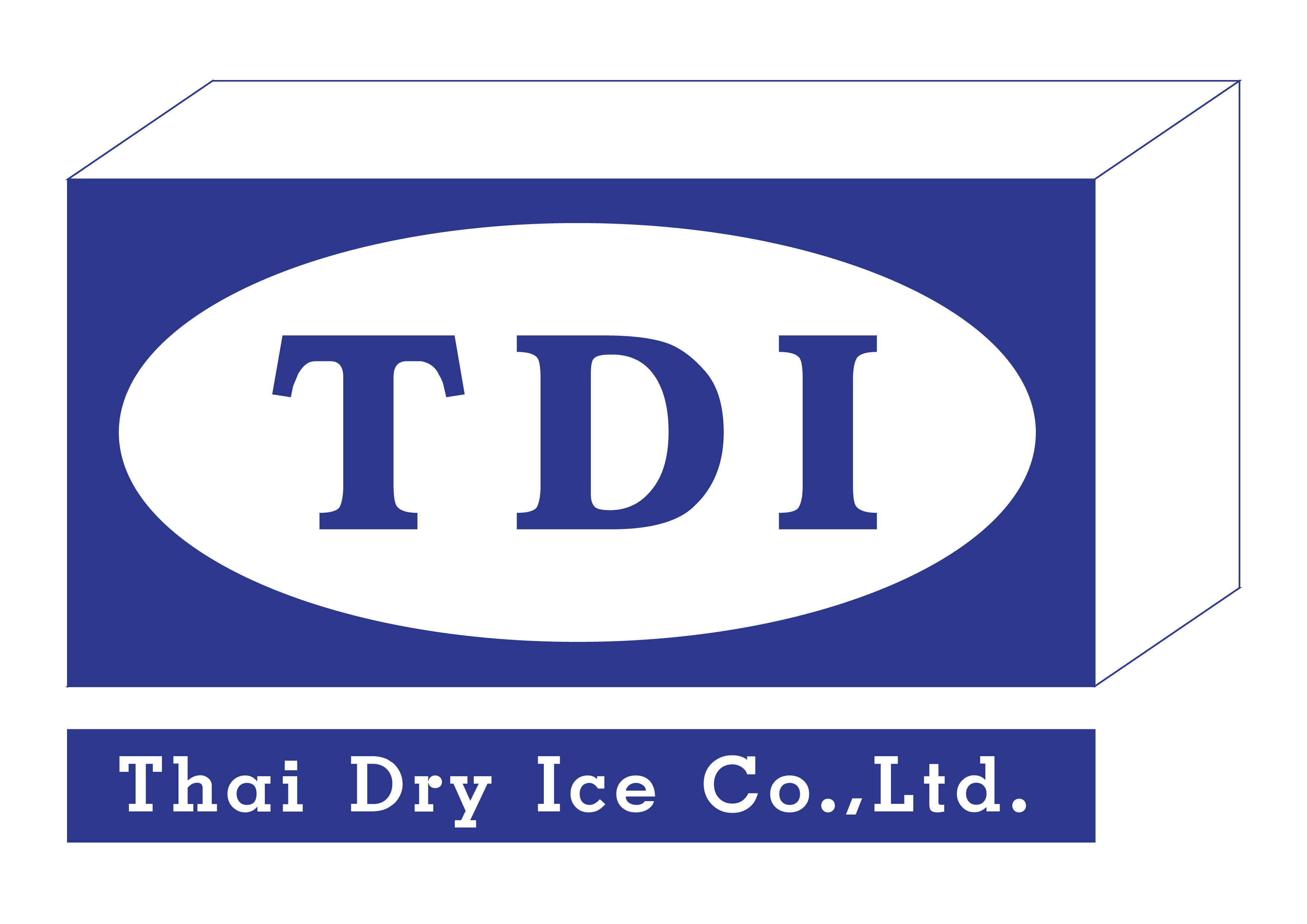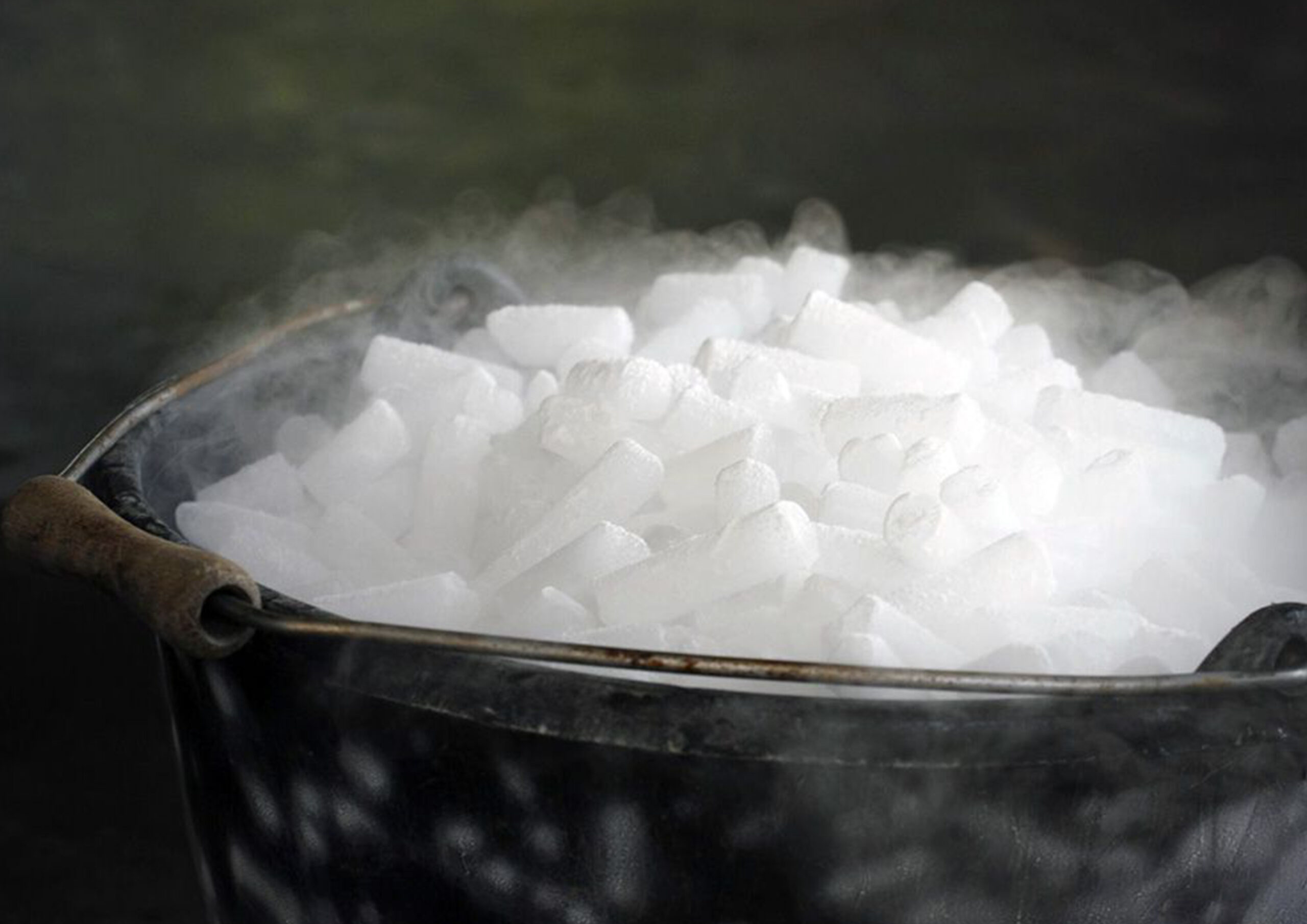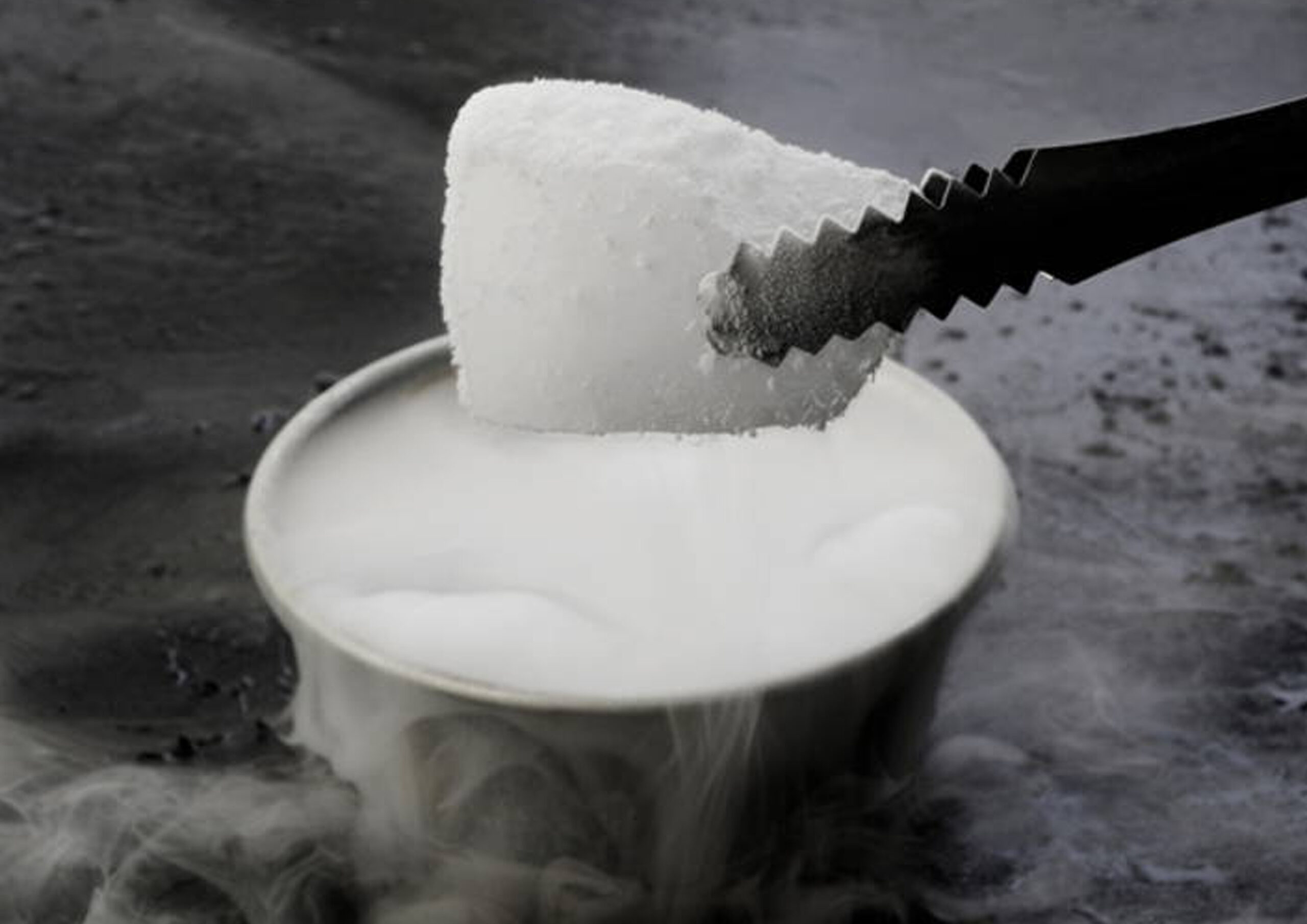![]()
Fun Facts and Danger from Dry Ice
(Solidified Carbon Dioxide)
Use
-
- Used for chilling or freezing food, usually ice-cream or camping food. Compared to wet ice, dry ice is colder (15 times) and last longer (5 times) for the same weight, and will not melt into water like wet ice.
- Used as insect repellant.
- Used for generation of white theatrical haze by adding dry ice to warm or hot water. The vessel must be plastic or metal (not glass as it may shatter), and the process must be done in a well-ventilated area.
Caution
-
- Do not ingest.
- Do not touch dry ice without protection. Dry ice has temperature of -79 Celsius and will cause cold burns.
- Do not use glass vessel as it will shatter.
- Do not use dry ice directly on food, use paper or plastic as cover.
- Do not keep dry ice in a sealed vessel.
- Do not go into the storage container Or being in an area where it will be exposed to dry ice for a long time as it will suffocate
Storage
-
- Wrap dry ice in multiple layers of newspaper and put in an insulated vessel with little air to extend shelf life.
- Keep away from children or those unaware of danger from dry ice. Do not leave dry ice unattended in public.
- Store dry ice in insulated vessel such as foam box or plastic bucket.



